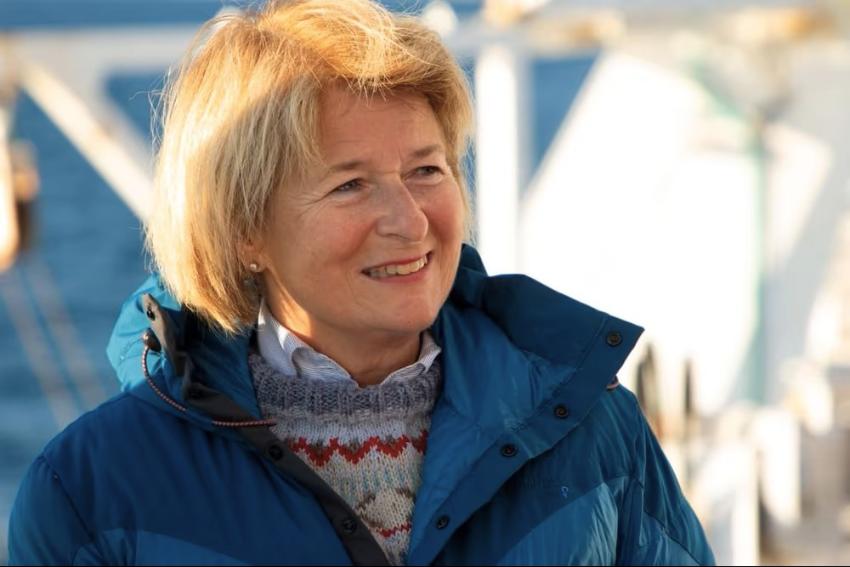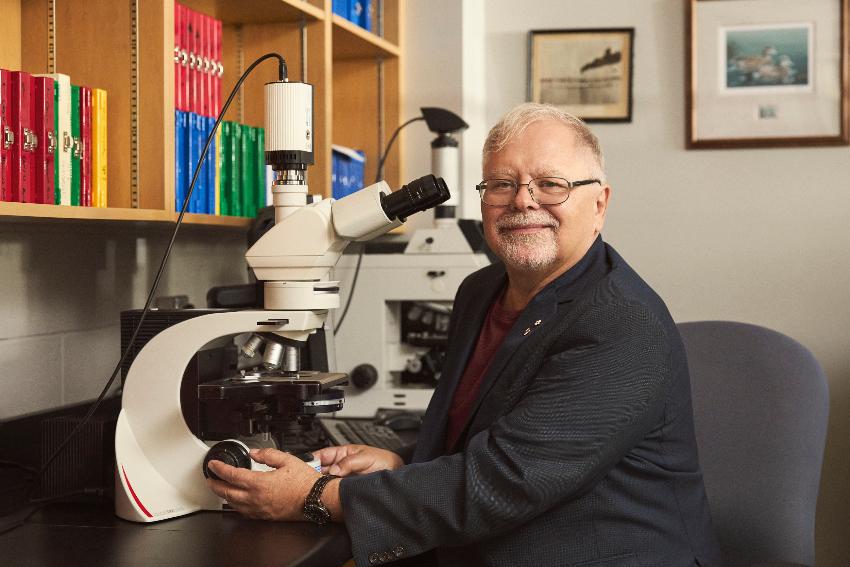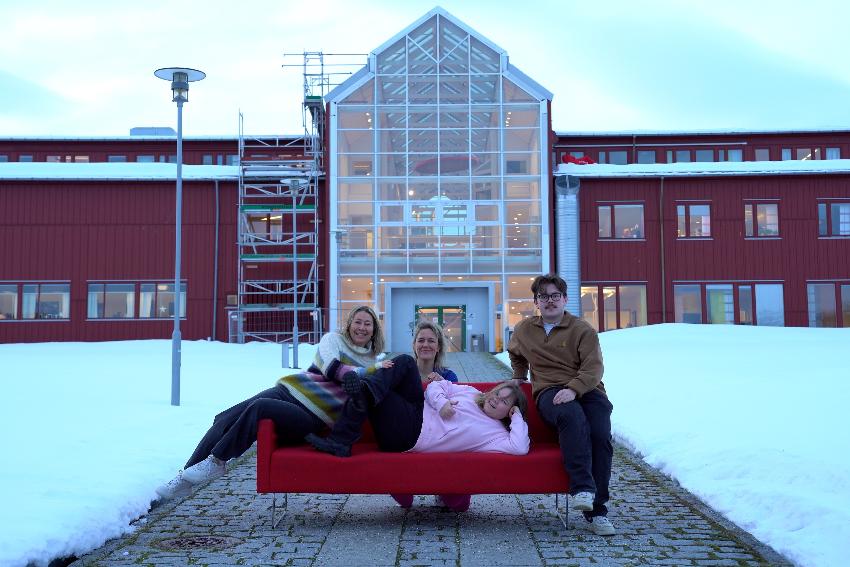New volcano discovered in the Barents Sea
A unique new volcano has been discovered at 400 meters depth in the Barents Sea. The volcano erupts mud, fluids and gas from the planets interior, giving new insight to Earth science.
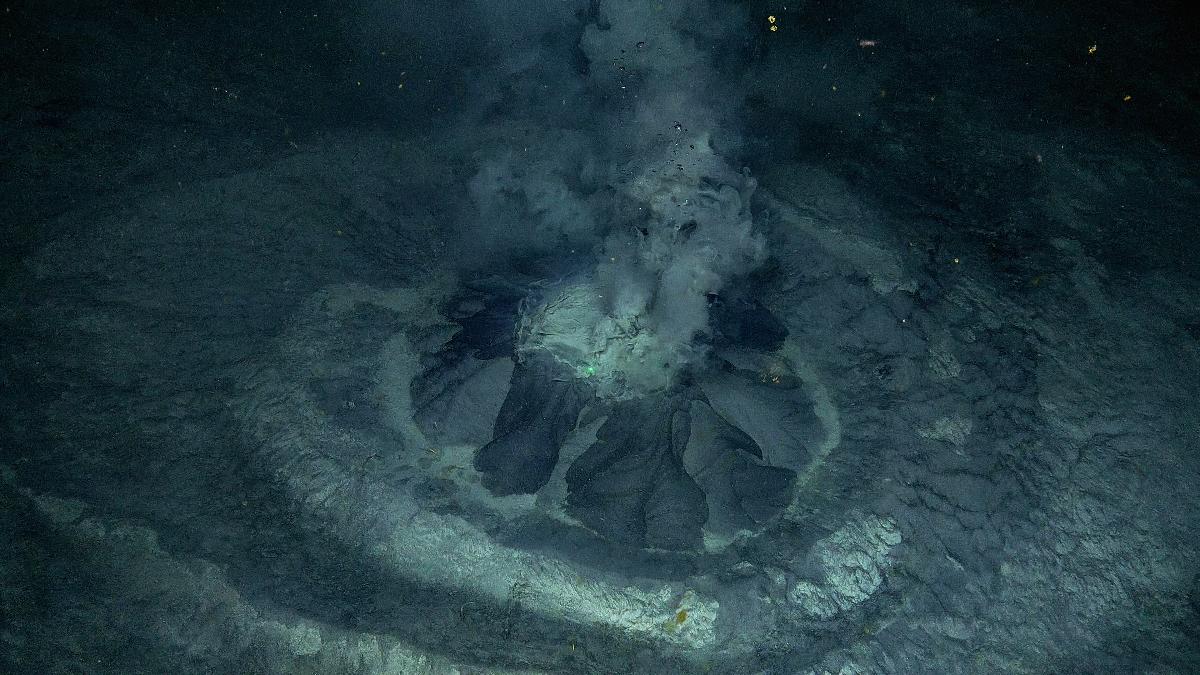
Scientists from UiT, The Arctic University of Norway, in partnership with REV Ocean, have discovered the second ever mud volcano found within Norwegian waters. This unusual geological phenomenon was discovered onboard the research vessel Kronprins Haakon with the piloted submersible vehicle ROV Aurora in the Southwestern Barents Sea at the outer part of Bjørnøyrenna (Outer Bear Island Trough). It lies at approximately 70 nautical miles south of Bear Island and at 400m depth.
"Seeing an underwater mud eruption in real time reminded me how “alive” our planet is," says Professor Giuliana Panieri, expedition leader and Principal Investigator of the AKMA project.
The volcano has been named The Borealis Mud Volcano.
Climate gas
The newly discovered volcano rests inside a crater which is approximately 300m wide and 25m deep and is most likely the result of a catastrophic, natural blow out that abruptly released massive methane just after the last glaciation period, 18,000 years ago.
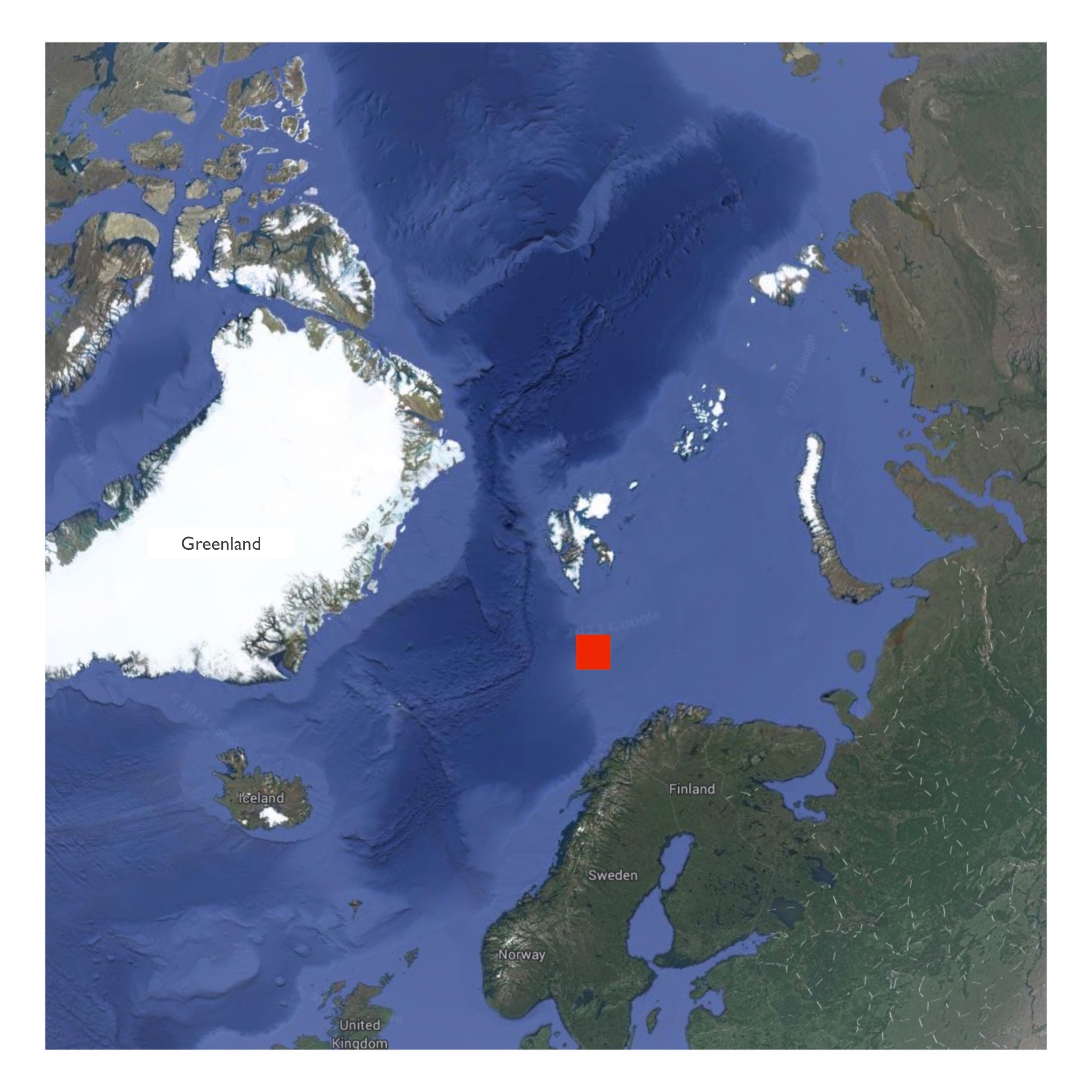
Currently, the Borealis Mud Volcano, which is ca 7 meters in diameter and 2.5 meters high, continuously emits fluids rich in methane. Methane is a highly potent climate gas when it reaches the atmosphere.
This discovery will help scientists understand the potential impact of localized but persistent in-time phenomena on the global methane budget and its impacts on the ecosystems.
Professor Panieri said: “We do not exclude the possibility of discovering other mud volcanoes in the Barents Sea. It is only thanks to collaborative team teamwork and advanced technology that these results can be achieved. ”

Hidden treasures
Only one other mud volcano in existence in Norwegian waters, the Håkon Mosby Mud Volcano, that was discovered in 1995. The Håkon Mosby Mud Volcano lies at 1250m deep on the seafloor south of Svalbard at 72°N.
These peculiar volcanos are direct windows into the Earth's interior since they erupt predominantly water and fine sediments from depths of several hundred meters to few kilometres providing a window into past environments.
"Understanding the evolution and the fluids' composition help us comprehend their potential impact on the global methane budget and can inform about what happens on other planets," Panieri says.
The crater where the volcano was found hosts a rich community of seabed life, thriving on the steep flanks of carbonate crusts formed several thousands of years ago. This unique habitat includes sea anemones, sponges, carnivorous sponges, sea stars, corals, sea spiders and crustaceans. Within the crater, there are also areas of extensive bacteria mats and tube worms.
Professor Stefan Buenz, expedition co-leader, said: “Exploring the ocean floor and discovering new methane seeps is like finding hidden treasures. It's full of surprises. We have found thousands of seeps. Yet, every time we go down to the ocean floor, we come away with a feeling that we are just beginning to understand the vastness and incredible diversity of seep systems.”
Refuge from human impacts
Science Director of Ocean Census and REV Ocean, Alex Rogers, an expedition participant, said: “During this expedition we have discovered that these blow-out craters are unique refuges from human impacts like trawling for fragile marine animals such as corals and sponges.”
“It has been an honour to be part of this very international team of students and scientists. I joined the expedition to operate a new real-time methane instrument, but it has been incredible to explore these beautiful habitats," says Beckett Colson, WHOI postdoctoral investigator.
“As a student that studied and saw mud volcanoes only on land, seeing one on the seafloor was an amazing experience. You could sense the surprise, the excitement, the happiness spreading from the team the exact moment we saw it on screen. My first thought was, "I want to go down there, stick my arm in it!" says Irene Viola, an Erasmus student at UiT.
About the expedition
The AKMA3 oceanographic expedition has a multi-disciplinary team of scientists and students onboard, and is part of the Advancing Knowledge of Methane in the Arctic, a project funded by the Norwegian Research Council, which includes the following partners: WHOI Woods Hole Oceanographic Institution in the US, La Rochelle Université France, Università degli Studi di Milano-Bicocca in Italy, Universidade de Aveiro and CESAM in Portugal, Centre for Deep Sea Research and Department of Biological Sciences at the University of Bergen in Norway, Ocean Census and the Norwegian Petroleum Directorate.
The team is completing the third and final AKMA mission and is returning to shore May 10th after a twelve-day cruise in the Barents Sea.
